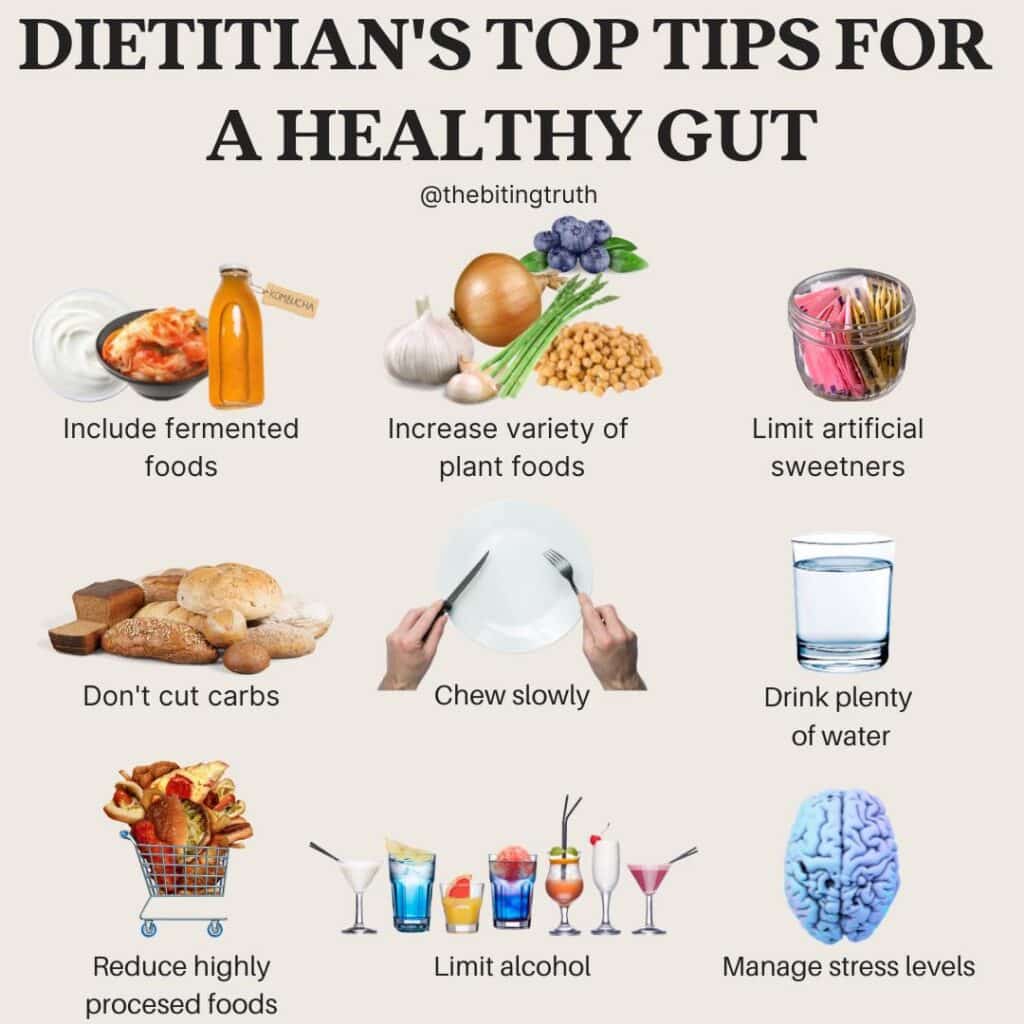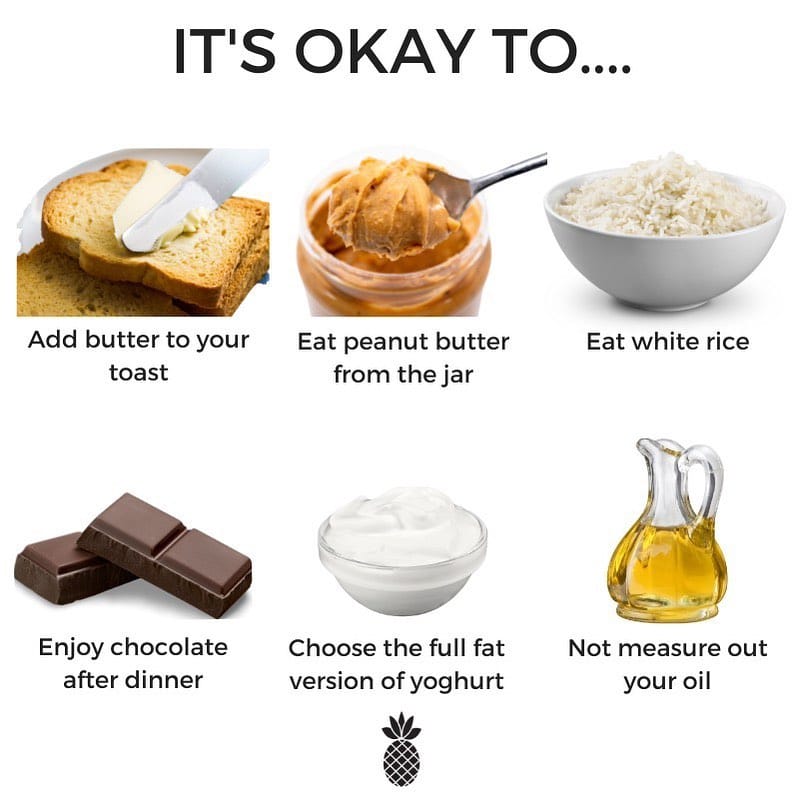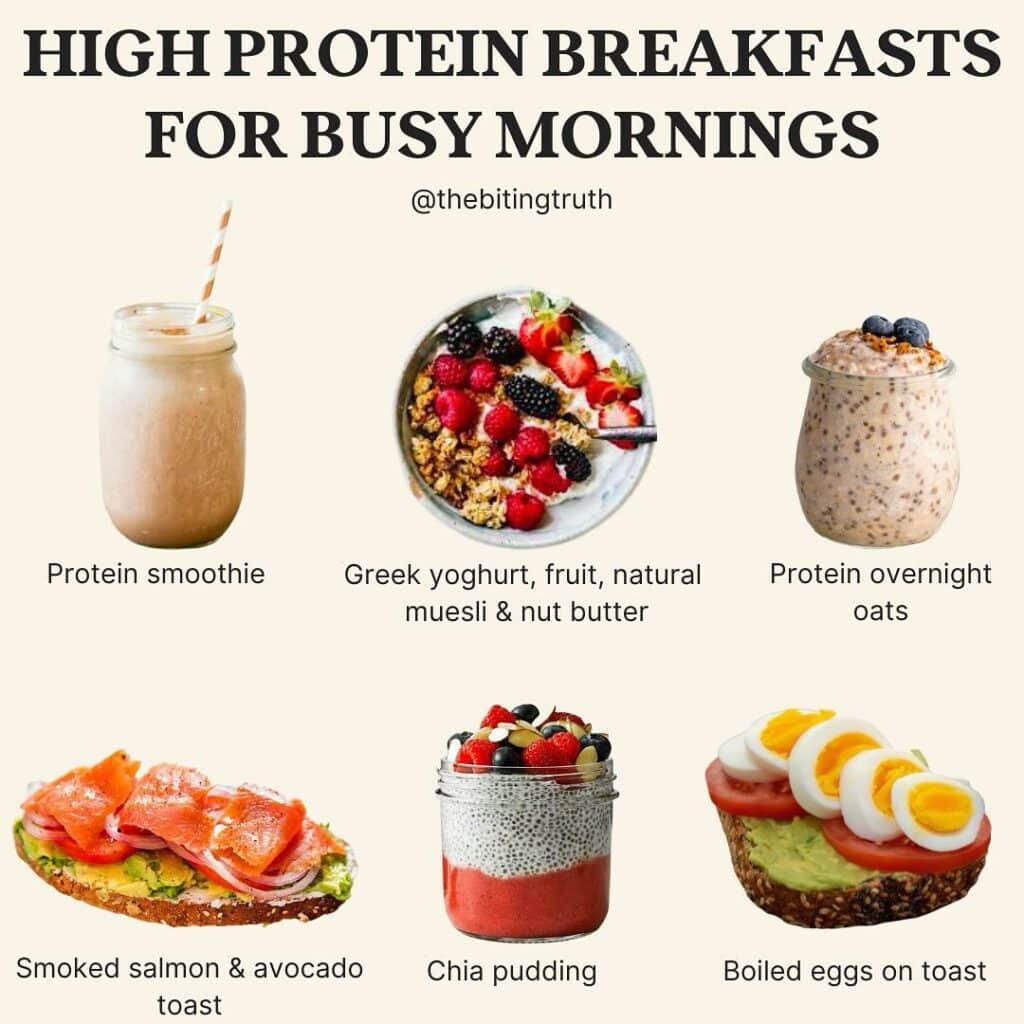Confused about tofu? We were too.
As Flexitarians, we have always loved eating a wide variety of plant foods – chickpeas, lentils, beans, mushrooms, quinoa etc – however more recently we have discovered our love for tofu.
If you’re sitting there thinking, NUP, NO WAY… please hear us out!
It wasn’t until we learned how to actually cook tofu and became confident with using it in the kitchen that we could appreciate how good it could be. Learning how to prepare tofu in delicious ways has been a game changer for us. Tofu now features regularly as part of our diets (we usually have it 2-3 times a week) and is a great source of plant-based protein in our diets. It also features in a few recipes in our Cookbook which you can check out here.
Tofu is one of those foods we get tonnes of questions about. What actually is it? Is it healthy? What the heck do I do with it? Is soy ok? So we wanted to break it down once and for all.
Tofu is made from three ingredients – soybeans, water and a coagulant – usually nigari (magnesium chloride) or gypsum (calcium sulfate). What on earth is a coagulant? It’s basically a substance that allows fluid to curdle to become solid (the same is required to make cheese!).
Essentially, the raw, dried soybeans are soaked overnight and then blended to make soymilk. The coagulant is added and the soymilk forms curds, which are drained and pressed into blocks to create tofu. That tofu can be further pressed to remove moisture, creating silken, medium, firm or extra firm varieties.
Yes, tofu is good for you.
The nutrient content of tofu can vary a lot depending on how it is made. Generally, the firmer the tofu, the higher it is in kilojoules, protein and fat.
Tofu is made from soybeans, which are a complete source of plant-based protein. This means it contains all 9 essential amino acids. It is rich in vitamins, minerals and fibre and contains no cholesterol and very little saturated fat in comparison to meat.
Tofu can also be a great source of calcium, depending on the type of coagulant used (i.e. if it is made with calcium sulphate). To figure out if your brand it’s a good source of calcium, just check the label to find out.
Finally, tofu is a source of plant-based iron, which is particularly important for people following a vegetarian or vegan diet.
You’ll find that there’s different types of tofu to choose from in the refrigerated section at your supermarket.
Silken tofu: Silken tofu has exactly that, a silky smooth, perfectly creamy texture. Sold in tubes or boxes, it’s perfect for desserts, smoothies, dips and sauces and can even be used to replace eggs. It falls apart very easily…this is not one you want to bake or stir fry!
Firm regular tofu: This is the tofu you’re going to crumble, slice or cube. It’s usually packed with water and comes in different firmness levels such as soft, medium, firm, extra-firm or pressed. Extra firm tofu’s are best for baking, grilling and stir-fries.
Pre marinated tofu: This is a great option if you’re in a hurry as it’s pre marinated and super easy to add to any savoury dish. Just choose the flavour that best suits your needs.
Tempeh is another plant-based protein made from soy. However, tempeh is made from whole fermented soybeans instead of soymilk. It is often a little higher in protein and fibre than tofu and has a firmer texture.
Foods and drinks made from soybeans like tofu, soymilk, tempeh, miso and edamame are amongst the richest sources of isoflavones in the human diet. Isoflavones are a type of phytoestrogen – aka a plant chemical that has a similar structure to the hormone oestrogen in our bodies. Because of these similar chemical structures, people often avoid soy as they are worried that phytoestrogens will mimic the effects of human oestrogen.
Many studies have shown that phytoestrogen has very different effects to oestrogen in the body. They have even been shown to have “anti-oestrogen” properties, i.e. the opposite effects to oestrogen. This is because isoflavones in soy bind to different receptors in the human body than the hormone oestrogen. Another bonus is that they have antioxidant and anti-inflammatory properties in the body.
Another benefit of tofu is that it is extremely versatile and can be used in a variety of ways, due to two of its features. Firstly, it’s quite bland and doesn’t compete with other flavours in recipes. It’s also porous, which allows it to absorb the flavors around it. That’s what makes it so ideal in Asian recipes.
Firm tofu: Many recipes call for firm or extra firm tofu, especially those using a marinade. In this instance we recommend pressing the tofu first. It is necessary to press firm tofu to reduce the water content, otherwise it won’t absorb flavours well and won’t crisp up when being cooked. Once pressed, cut the tofu into the desired shape and size (e.g. cubes, slices etc) before you begin cooking. Here’s a video on how to press tofu if you want more help! We prefer to cook tofu on the pan than in the oven as we find it dries out too easily in the oven.

Silken tofu: Silken tofu is so delicate so you don’t need to press it. Handle it like you would a poached egg as it will break if manipulated too much. It is particularly suited to saucy recipes, such as dressings, smoothies, and egg or yogurt substitutions.
If you’re new to tofu, a good place to start is by adding it to stir fries with Asian flavours such as sesame oil, soy sauce, garlic, ginger, chilli. Try out this simple Asian Tofu Marinate Recipe.
Here are some tofu recipes you can try!
—
If you’re looking for more recipe ideas using tofu, check out our Cookbook to find some of our faves!






